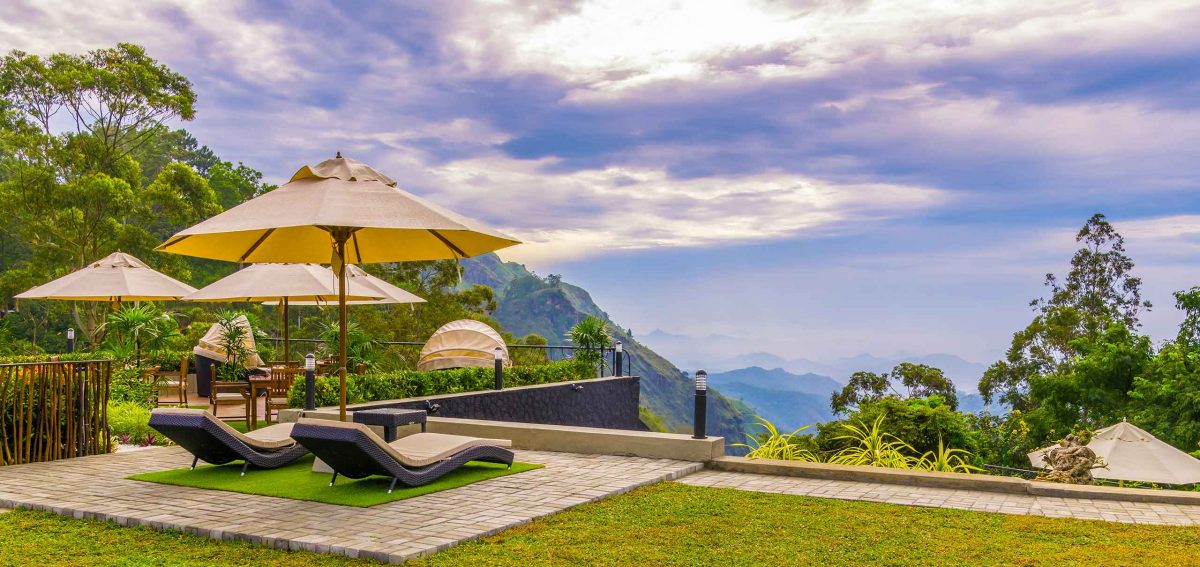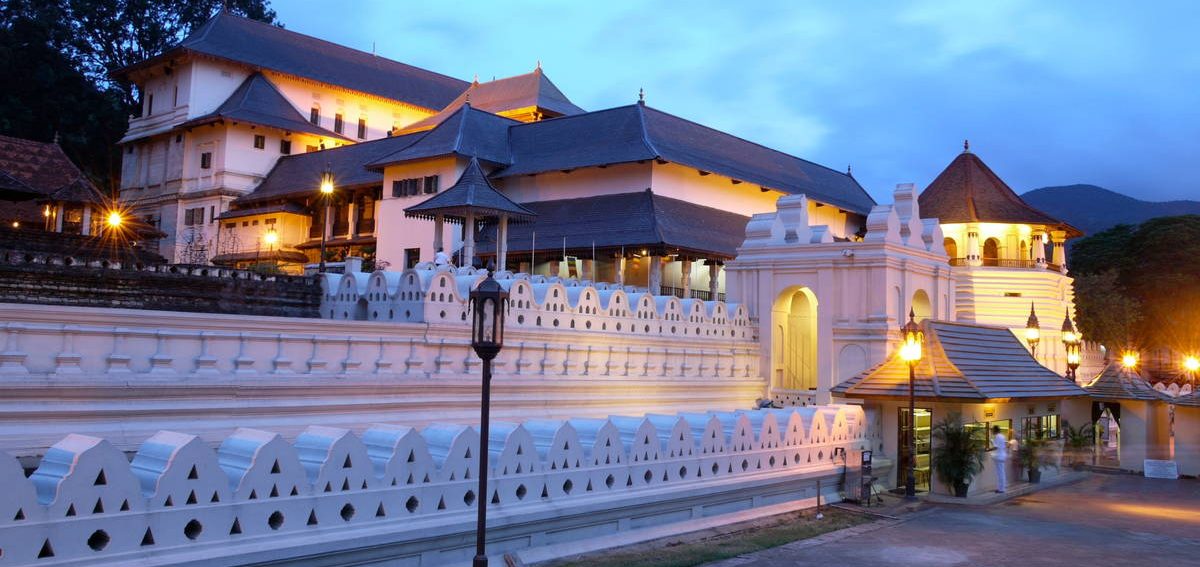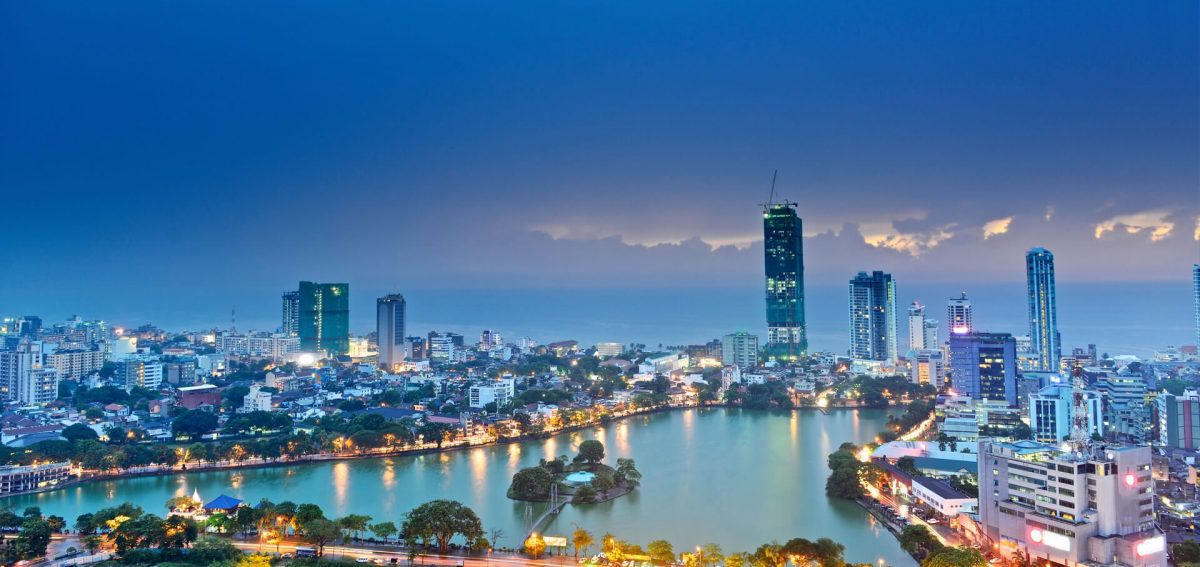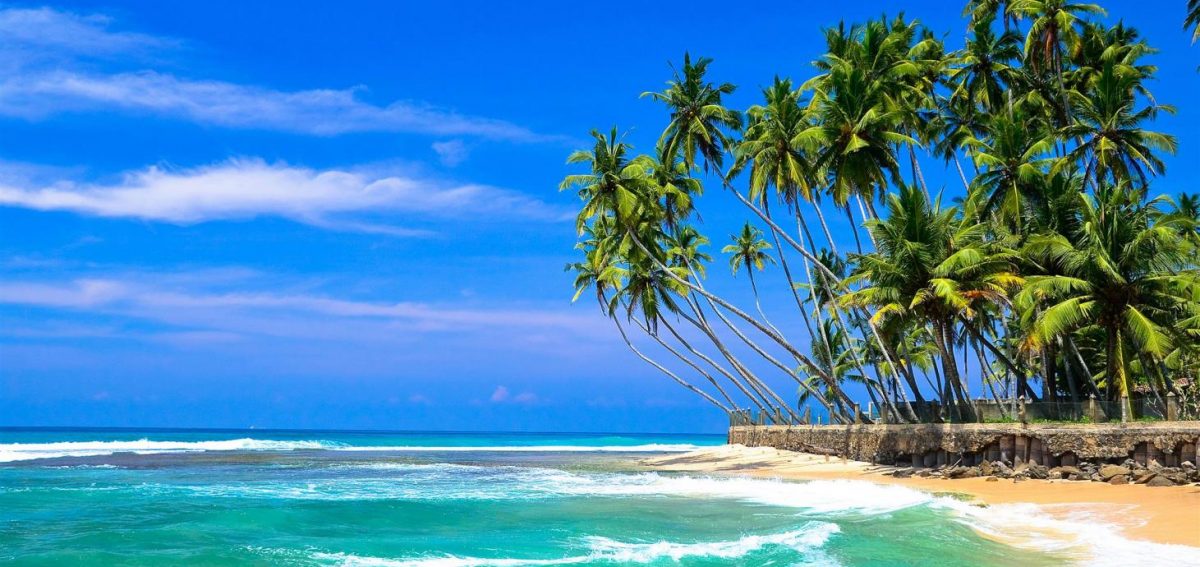+94 770 243142
sales@cadyshacktours.com




Do not hesitage to give us a call. We are an expert team and we are happy to talk to you.
+94 770 243142
sales@cadyshacktours.com
This special tour brings you to the roots of the ancient great Indian epic The Ramayana – a tale that depicts the duties of relationships, portraying ideal characters and explores the tenets of human existence and the concept of Dharma. Sri Lanka’s rich Ramayana heritage is the proud custodian of more than 50 Ramayana sites from the place of Seetha Devi’s captivity to the battlefields where vast armies clashed, to the groves of exotic herbs dropped by the monkey god Hanuman, to the ultimate theatre of war where Lord Rama slew Ravana, the ten-headed demon-king.
People living in the areas where great events took place, remember to this day the connection of their soil to the great epic. An oath taken at the spot where Seetha Devi undertook ‘Agni Pariksha’ is still considered valid in village courts or grama sabhas. The colour of the soil of the ancient battlefield is still red today, and is still surrounded by lighter coloured earth. One of the airports of Ravana, torched by Hanuman when he came looking for Seetha Devi, still has a scorched-earth look. A patch of darker soil surrounded by brown earth. Exotic alpine Himalayan species are found suddenly amidst tropical Sri Lankan vegetation, the legacy of Hanuman’s heroic voyage carrying a mountain with life-restoring herbs.
Though great social, cultural and religious changes have taken place in Sri Lanka since, incredibly, the names of places have come down to modern times unchanged
Arrival to Sri Lanka, and you will be met by a Cadyshack Tours Representative on Arrival at the Airport and transfer to Negombo.
overnight stay at hotel in Negombo
Negombo – Chilaw – Kandy – Approx 1 hours drive. After Breakfast proceed to Muneeshwaram Temple, Chilaw Muneeshwaram Temple It is believed that Muneeshwaram predates the Ramayana and a temple dedicated to Lord Shiva was located here. Muneeshwaram means the first temple for Shiva (Munnu + Easwaran). A Shiva Lingam was already here when Lord Rama visited this place. Lord Rama after his victorious battle left for Ayodhya with Sitha in one of King Ravana’s Vimanas. He felt he was being followed by a Bramhaasthi Dosham (a malevolent black shadow) as he had killed King Ravana who was a Brahmin Thereafter proceed to Mannavari Temple. Mannavari Temple When the Vimana was passing over Muneeshwaram, he felt the Vimana vibrating, and realized the Brahmaasti Dosham was not following him at this particular point. He stopped the Vimana at this juncture and asked god Lord Shiva for advice. Lord Shiva blessed Lord Rama and advised installing and praying at four lingams located at Mannavari, Thiru Koneshwaram, Thiru Ketheshwaram and Rameshwaram in India as the only remedy to get rid of the dosham. The first lingam was installed at Mannavari about 5km from here, near the banks of the Deduru Oya Thereafter proceed to Kandy [APPROX 03 ½ HOURS DRIVE]
overnight stay at hotel in Kandy
After Breakfast, Kandy sightseeing tour, afterwards proceed to the up country visit sitha tear pond and Chariot path, back to Kandy. Check in at Hotel for the refreshment. There after proceed to attend the Pooja ceremony at Temple of the Sacred Tooth Relic. (In Decent Attire) Evening view a cultural show featuring various Dance Types of Sri Lanka
overnight stay at hotel in Kandy
Kandy – Mahiyangana – Kandy – Approx 2 Hours Drive. After Breakfast Day excursion to major Ramayana sites Dunuwila & Laggala, Yahanagala, Weragantota, Sitakotuwa, Gurulupota Lankapura Dunuvila & Laggala Dunuvila (the site where Ravana died) and Laggala (where Ravana prayed to Lord Shankara). The cartels behind the Dunuvila Lake are called Laggala. Laggala is derived from the Sinhala term Ilakka Gala, which when translated into English gives us the meaning “Target Rock”. Laggala served as an entry point to King Ravana’s army and it was from this rock the first Glimpse of Lord Rama’s army was sighted. This hill is geographically the highest part of the northern region and on a clear day Thiru Koneshwaran and Talai Mannar can been seen. King Ravana is believed to have meditated on this rock and prayed at Thiru Koneshwaran to Lord Shiva. It is here that King Ravana was killed by Lord Rama’s Brahmaastharam. The top of Laggala is flat and believed to have been hit by the Brahmaastharam. Yahangla Yahangala means bedrock. The Ramayana Trail legend interprets this name in the following way: King Ravana’s dead body was kept upon this rock for his fellow countrymen to allow them to pay their last respects to their departed highly respected king. There is another local legend giving an alternative version of the meaning of Yahangala stating that Ravana did not really die but only became unconscious. His body remains hidden in the rock Weragantota Weragantota was the capital city of King Ravana and means “a place of flying chariot (aircraft) landing” in Sinhala language. It is believed to be the first place where Sitha was brought into Sri Lanka in King Ravana’s Vimana. These jungles are the place where the city of Lankapura once stood. The city had a beautiful palace for Queen Mandodari surrounded by waterfalls, streams and varieties of flora and fauna. Sitha Kotuwa Sita was kept at Queen Mandodari‘s Palace and later moved first to Sita Kotuwa (translated “Sita’s Fort”) and finally to Ashoka Vatika. The ruins found here are the remnants of later civilizations. Gurulupotha Lankapura Here was a flying chariot (aircraft) repair center known as Gurulupotha. In Valmiki’s depiction King Ravana’s Vimana resembled a huge peacock. The Vimana in Sinhala language means Dhandu Monara which is known as “flying peacock”; hence the name Gurulupotha, which means “parts of birds”.
overnight stay at hotel in Kandy
Kandy – Nuwara Eliya – Approx 2 ½ Hours Drive. After Breakfast transfer to Nuwara Eliya. En-route visit Ramboda Hanuman Temple, Water Falls, and Tea Factory & Estate. Sri Bhakta Hanuman Temple In the hills of Ramboda where Hanuman was searching for Sita, the Chinmaya Mission of Sri Lanka built the Sri Bhakta Hanuman Temple which is visited by thousands of devotees every year. There after commence Nuwara Eliya City Tour including Gregory Lake, Victoria Park. Nuwara Eliya The ‘Little England’ of Sri Lanka, is set against beautiful backdrops of Mountains, Valleys, Waterfalls and Tea Plantations. It is supposed to be one of the coldest places on the island, but is really just like an England spring day although the temperature does drop at night. All around Nuwara Eliya you will see evidence of the British influence. Houses are like country cottages or Queen Ann style mansions.
overnight stay at hotel in Nuwara Eliya
Nuwara Eliya – Ella – Kataragama – Approx 3 ½ Hours drive. After Breakfast visit most important Ramayana legend sites called Sita Amman Temple & Ashoka vanam, Haggala Botanical Garden, Divurumpola Temple, Ravana caves & Waterfalls. Sita Amman Temple The Sita Amman Temple can be seen en route to the Hakgala Botanical Gardens. The prominent temple architecture will not fail to attract your attention. Ancient statues of Rama and Sita can be seen on one side of the temple. The temple today is a modern building with its paintings, statues and pillars decorated with sculptures; all depicting the tale of Rama and Sita Hakgala Botanical Gardens The Hakgala Botanical Gardens was one of the pleasure gardens of King Ravana. This garden was expanded during the British period and has a wide variety of flowers including an excellent collection of orchids. This is the exotic pleasure garden where King Ravana kept the depressed Sita, insisting that she marries him. It was here where the heartwarming meeting took place between her and Hanuman, who brought her Rama’s ring with the news that Rama was looking for her. He offered to carry her back but she refused saying it would be an insult to Rama’s honor if she did so. Part of this majestic garden still exists. It is also said that Hanuman nearly destroyed it in order to prove to Ravana of the forces against him. Divurumpola Temple Still revered by thousands, this holy haven was the place where Sita performed her Agni Pariksha (proving her chastity) to her husband Rama. Continuing the practice for thousands of years, villagers still pledge their fidelity or take oaths there and even in certain courts, this agreement was binding. This place has been respected and worshipped by people down the ages. Istreepura caves The Sinhalese word Ishtripura or Shtripura means “area of women”. It is said that Ravana shifted Sita to this cave as a precautionary measure after Lord Hanuman’s advent on Lanka. Legend has it that Sitadevi took a bath in the nearby steam and afterwards dried her hair sitting on a rock and put clips to her hair, hence this rock is known as Konda Kattu Gala, Konda means hair, and Kattu are clips. Ravana waterfalls & caves Ella is a small mountain village near Bandarawela and boasts three locations linked to the Ramayana where local legend claims Ravana was hiding Sita. First there is the Ravana Ella Cave, located at the massive Ella Falls; a breathtaking 1080 feet high waterfall that cascades into several falls. The rocky undergoes of the waterfall is Khondalite, a kind of limestone which undergoes faster decay as hard gneiss or granite. This has resulted in many caves being formed near the falls. King Ravana is said to have lived in one of the caves above the waterfall. A nearby pool bored out of the rock by the gushing waters is where Sita is said to have bathed Ravana. There after proceed to Kataragama. Evening attend the ‘Pooja ceremony at Sri Subramaniam Temple, (Kataragama or Murugan).
overnight stay at hotel in Kataragama
KATARAGAMA /GALLE /COLOMBO – APPROX 04 HOURS DRIVE After Breakfast proceed to Colombo in route visit ussangoda, Rumassala sanjeewanee drops, There after Galle City Tour including Galle fort, The Dutch Museum, and the Dutch Church. Ussangoda Ussangoda is a strange coastal area because of its lack of trees. Its serpentine rock contains toxic heavy metals. Only specific smaller plants were able to adapt to this soil. But according to the Ramayana legends there are two more explanation for the baldness of Ussangoda. After meeting Sitadevi Lord Hanuman provoked the mighty King Ravana and his army of Rakshasas. It resulted in Lord Hanuman’s tail being set on fire by Rakshasas. Hanuman in turn went on to torch parts of King Ravana’s empire with his burning tail. Ussangoda is said to be one of these burnt areas. Besides the Ramyana Trail legend has it that earlier on the Ussangoda plateau was used an airport by King Ravana for his Dandumonara peachock chariot, before Hanuman devastated the landing site After that transfer to Colombo. Visit Panchamuga Anjaneyar Temple. Anjaneyar Temple This kovil is the first Anjaneyar temple in Sri Lanka and the only one on the island dedicated to Lord Hanuman in his Panchamuga form – this means with five faces. And it is said to be the only temple in the world to have a chariot for Anjaneyar. Its chariot festival is held annually at the end of December or at the beginning of January. It is one of the most popular processions in Sri Lanka’s capital Colombo. Visitors are advised to wash hands and feet before entering the temple and not to cross hands inside the temple.
overnight stay at hotel in Colombo
After Breakfast commence Colombo sightseeing Tour including Kelaniya Vibeeshana Temple. Kelaniya Vibeeshana Temple Kelaniya is a Buddhist sanctuary in the first place, because it is believed to be visited by the Buddha himself. Within the temple premises there is a Hindu shrine, too. It is dedicated to Lord Vibhishana who was the younger brother of Ravana but during the legendary war on Lanka he became a supporter of Lord Rama, because he disapproved Ravana’s tresspass of Sita’s abduction. After Ravana’s death Rama appointed Vibhishana as the new king of Lanka. Vibhishana is venerated by Sinhalese Buddhists as a God, they believe him to be one of the main protectors of the island, especially in its western territories. There after shopping
overnight stay at hotel in Colombo
After Breakfast transfer to Airport for the departure flight
